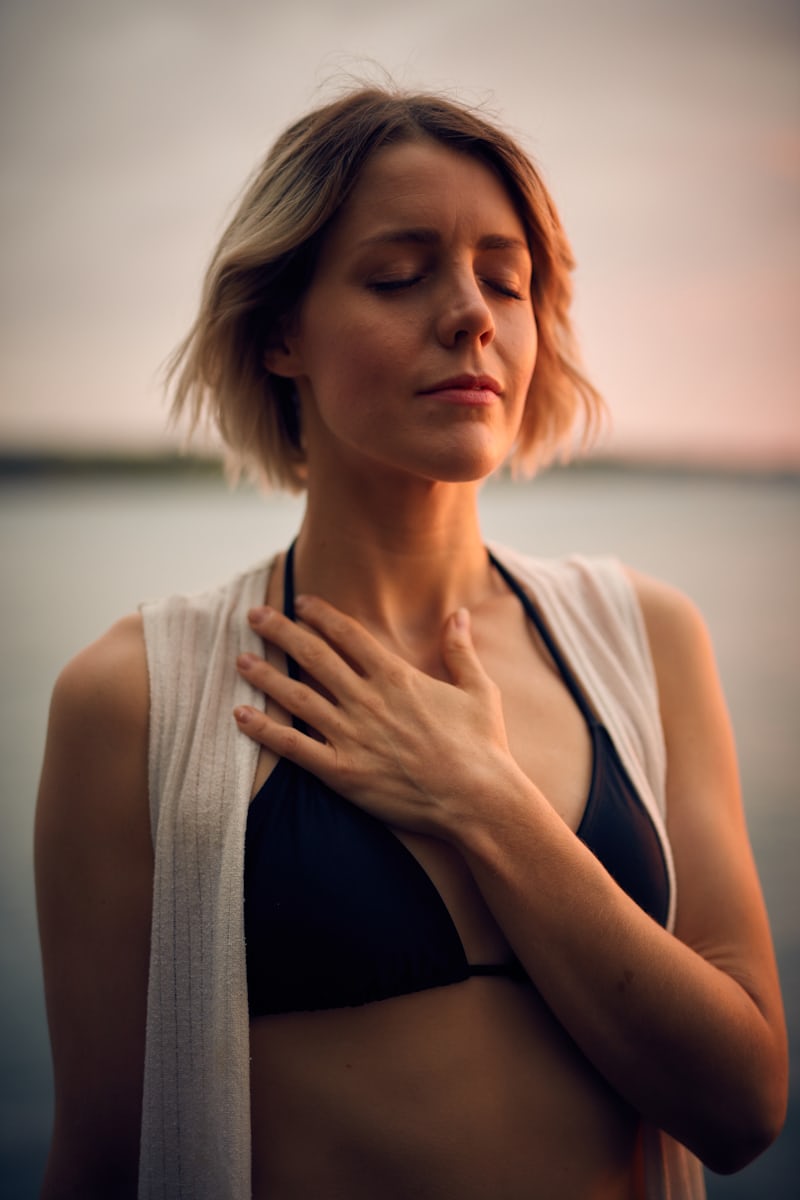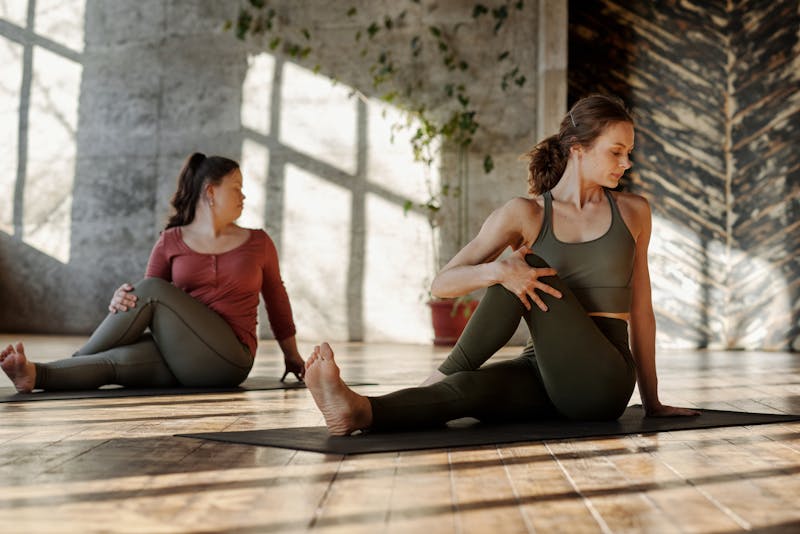
First-time yoga students and beginners can be intimidated by all the fancy words and seemingly complicated poses.
But yoga doesn’t have to be complicated! In fact, there are plenty of beginner-friendly yoga poses that can help ease you into regular practice. Here are the 8 best yoga poses for beginners:
1. Mountain Pose
The Mountain pose is a great pose for beginners as it helps to improve posture and balance. To do the pose, stand with your feet together and your hands at your sides. Then, raise your arms overhead and stretch your fingers towards the sky. Finally, take a deep breath in and out and hold the pose for 30 seconds to 1 minute.
2. Downward Facing Dog
Downward-facing dog is another great pose for beginners as it helps to stretch the entire body. To do the pose, start by getting down on your hands and knees. Your hands and knees should be shoulder-width apart. Then, tuck your toes under and lift your hips up into the air so that your body forms an upside-down “V” shape. Finally, take a deep breath in and out and hold the pose for 30 seconds to 1 minute.
3. Warrior I
Warrior I is a great pose for beginners as it helps to improve strength and flexibility in the legs. To do the pose, start by standing with your feet about hip-width apart. Then, step your left foot back about 4 feet and turn your left foot so that it is pointing out at a 45-degree angle. Next, bend your right knee so that it is directly over your right ankle and raise your arms up overhead. Finally, take a deep breath in and out and hold the pose for 30 seconds to 1 minute before repeating on the other side.
4. Warrior II Pose
Warrior II is similar to Warrior I, but with the legs turned out more so that they are parallel to each other. This position helps to improve balance and strengthens the muscles in the legs, hips, and core. To do the pose, start in mountain pose with your feet together. Then, step one foot back about three feet and turn both feet out so that they are pointing toward the sides of the mat. Bend both knees so that they are directly over each ankle and reach your arms out to the sides at shoulder height. You should feel a stretch in both of your legs as well as across your chest and back.
5. Child’s Pose
Child’s pose is a restorative yoga pose that is perfect for beginners who need a break during their practice. The pose helps to stretch the hips, thighs, and ankles while calming the nervous system. Start the pose by getting down on all fours, making sure that your knees are hip-width apart and your big toes touch. Sit back safely on your heels, then exhale and bring your forehead to rest on the mat in front of you (child’s pose). You can stay in this position for as long as you like before coming back up to all fours
6. Triangle Pose
The triangle pose is a great pose for beginners as it helps to improve flexibility in the hips and legs. To do the pose, start by standing with your feet about 3 feet apart. Then, turn your right foot out so that it is pointing at a 90-degree angle and place your left hand on your hip. Next, reach your right hand down towards the ground near your right foot while extending your left arm up towards the sky. Finally, take a deep breath in and out and hold the pose for 30 seconds to 1 minute before repeating it on the other side.
7. Cobra Pose
Cobra pose is a gentle backbend that is perfect for beginners. The pose helps to stretch the chest, shoulders, and abs. To do the pose, lie on your stomach with your feet hip-width apart and your hands at your sides. Then, press into your hands and lift your chest off of the ground, keeping your hips firmly planted on the ground. Breathe deeply for 30 seconds to 1 minute.
8. Cat-Cow Pose
Cat-cow is a simple yet effective pose that is perfect for beginners. The pose helps to stretch the back and neck muscles while also massaging the spine. To do the pose, start in a tabletop position with your hands and knees on the ground. As you inhale, arch your back and look up towards the ceiling (cow pose). As you exhale, round your back and tuck your chin towards your chest (cat pose). Repeat this sequence for 30 seconds to 1 minute.

The poses highlighted above are just a few of the many that are perfect for beginners. These poses are a great way to get started with yoga and can help to improve strength, flexibility, and balance. Yoga is a great way to improve your overall health and well-being, and these poses are a great way to get started.






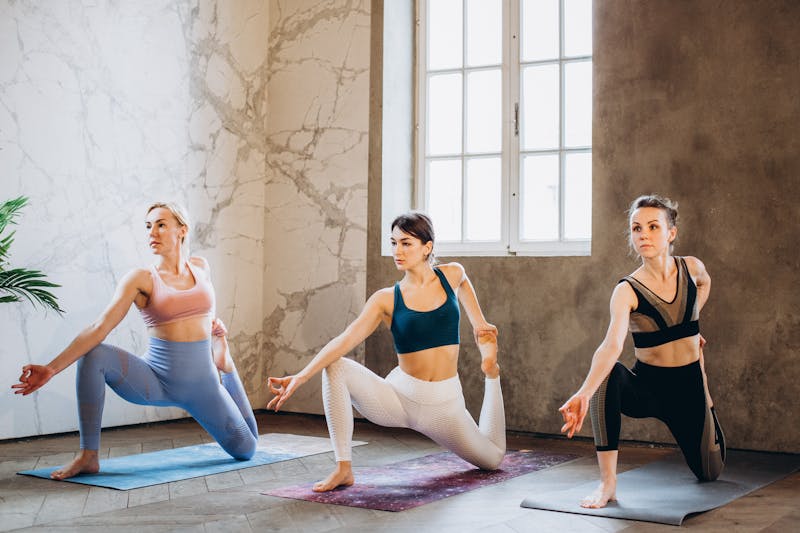
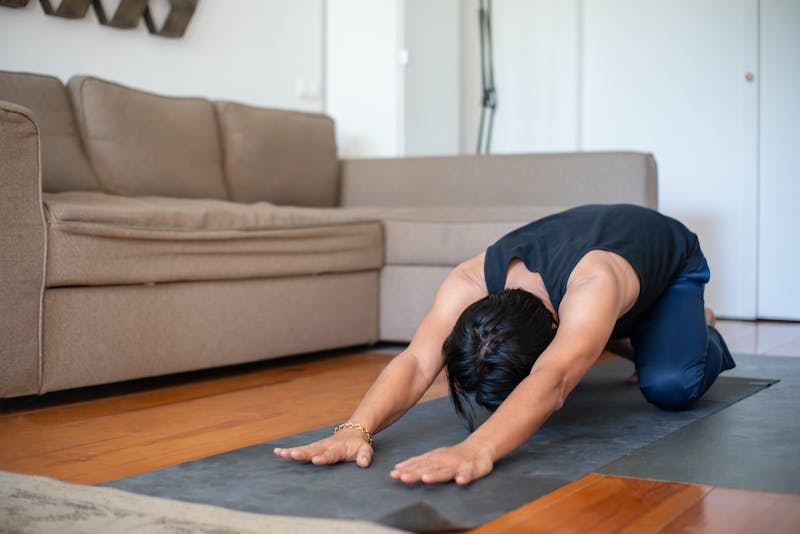


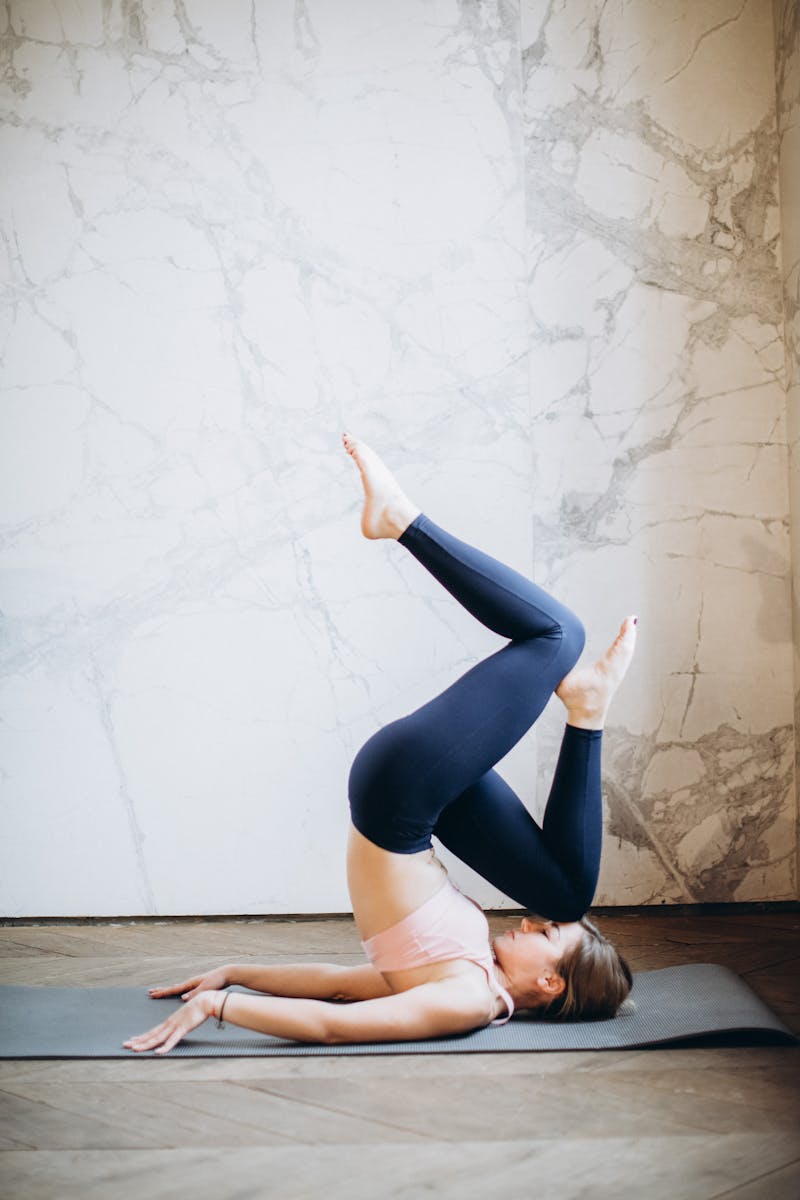

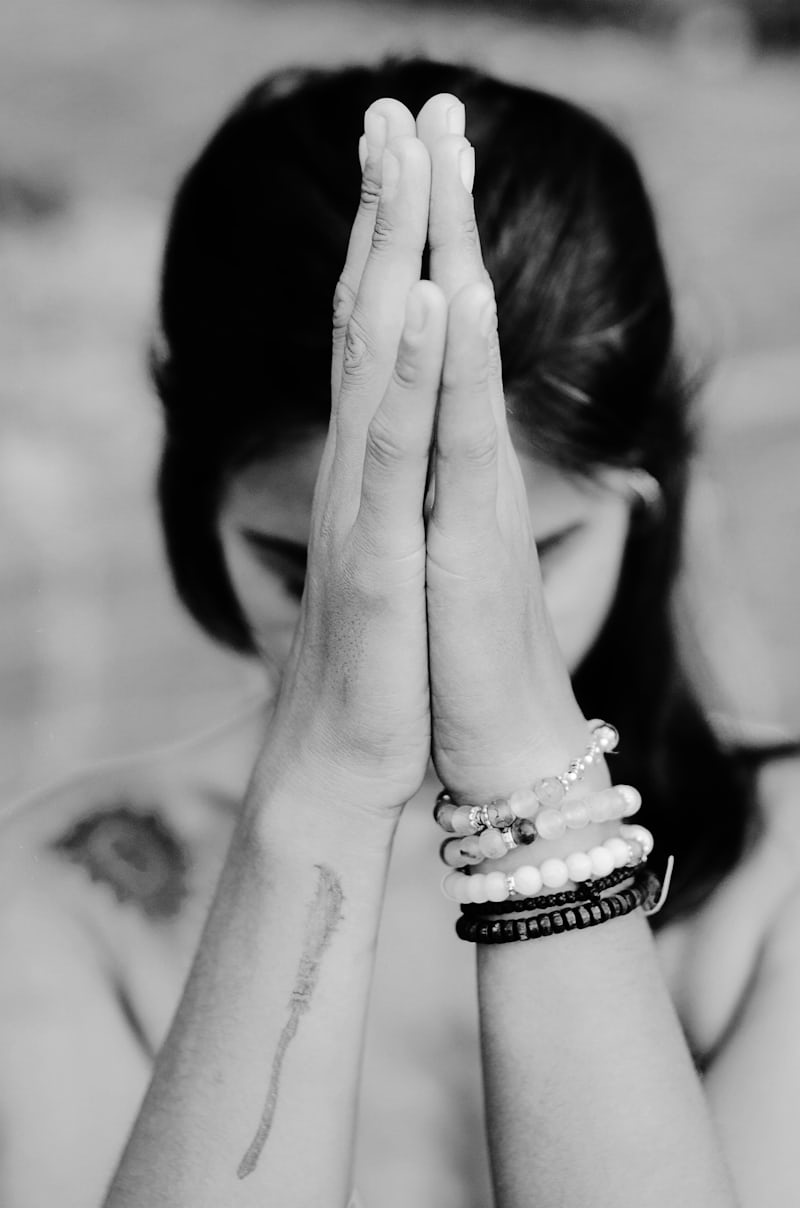
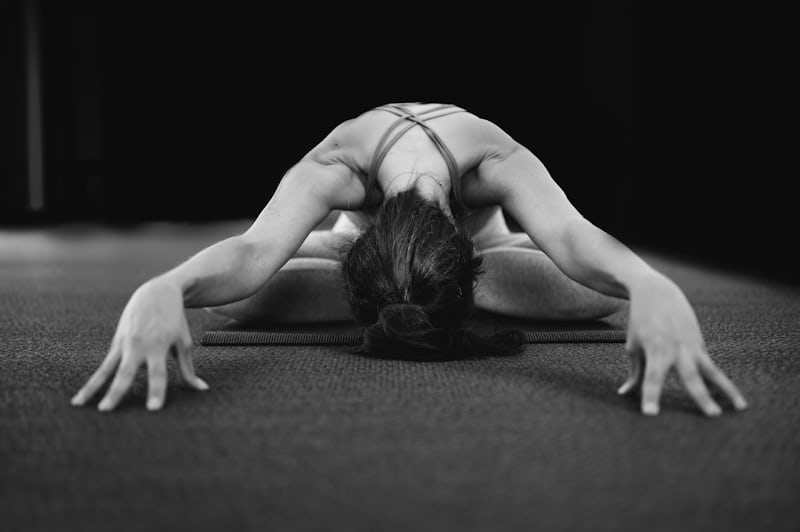


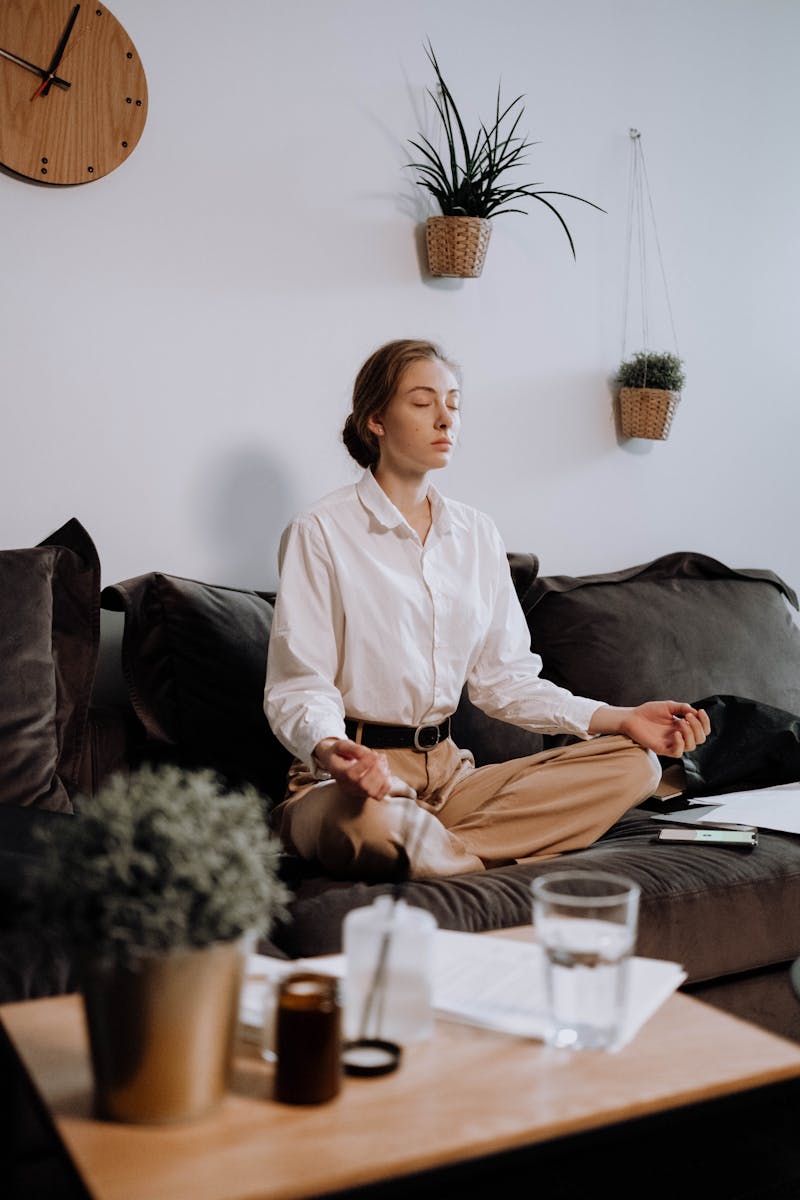

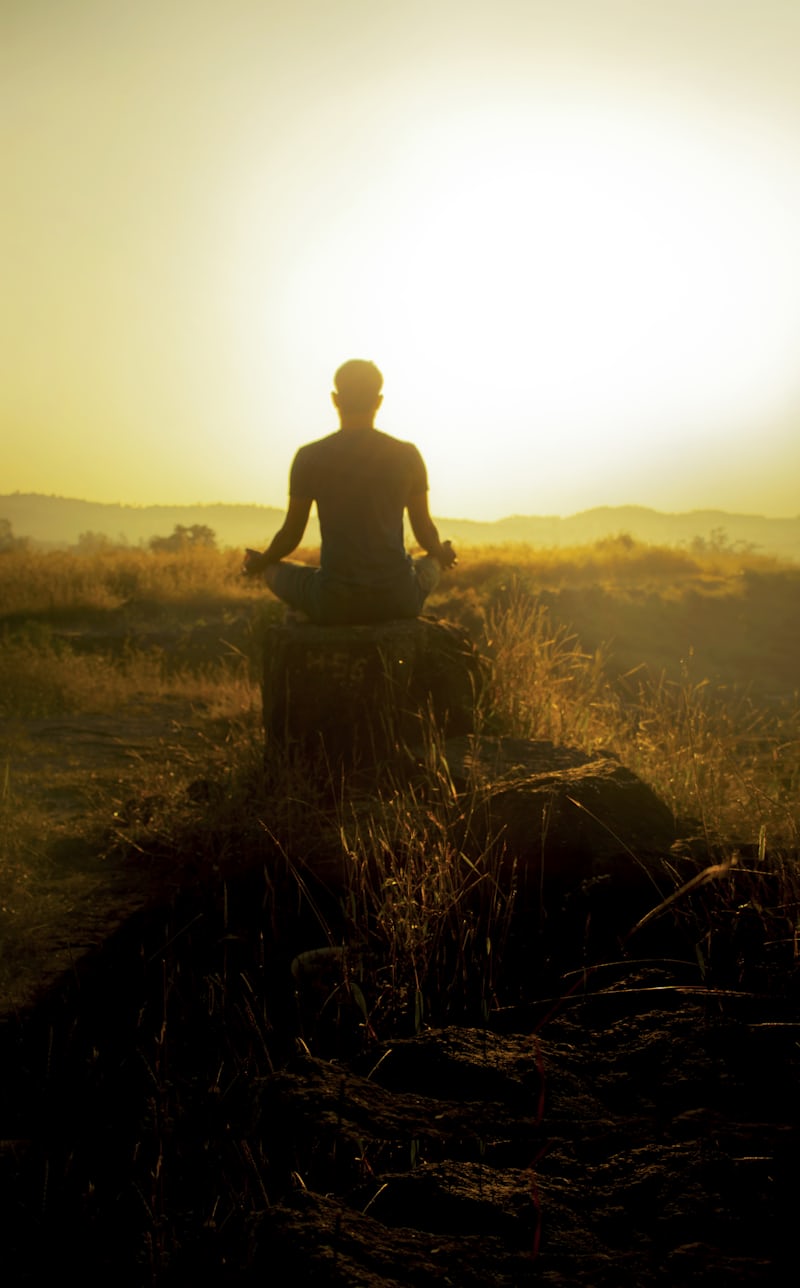
 A Mala is a string of 108 beads with one larger guru bead, usually worn as a necklace or bracelet. It is used as a tool to help the wearer focus on their mantra while meditating. The quality of a Mala is important as it is meant to last a lifetime.
A Mala is a string of 108 beads with one larger guru bead, usually worn as a necklace or bracelet. It is used as a tool to help the wearer focus on their mantra while meditating. The quality of a Mala is important as it is meant to last a lifetime.
